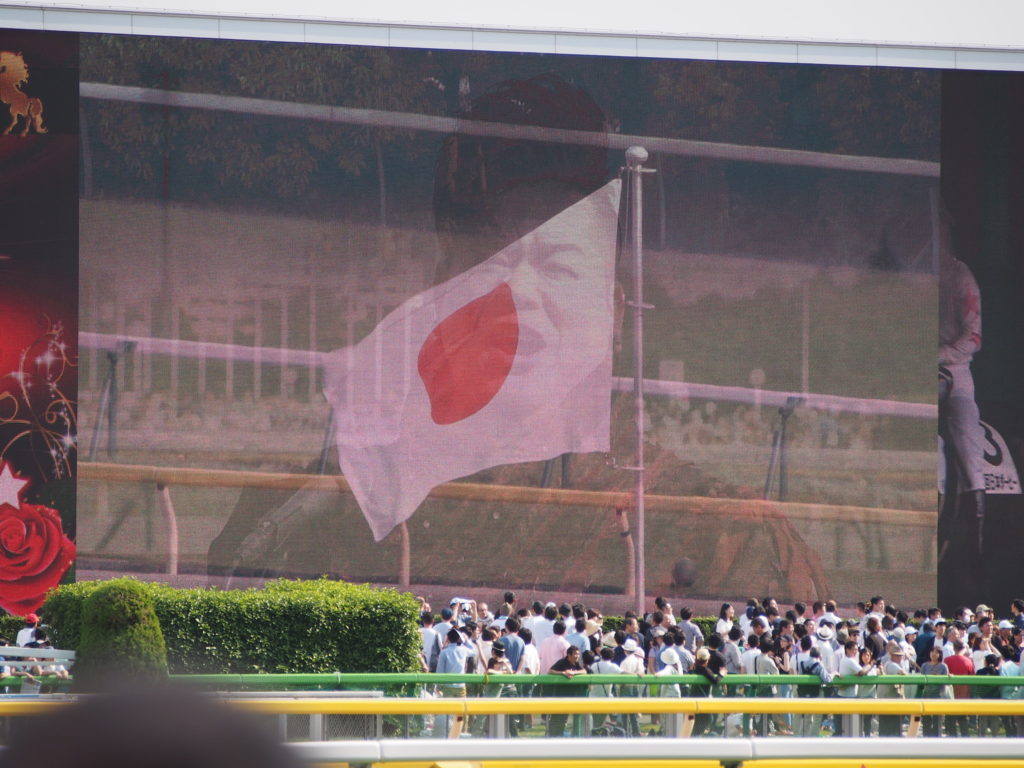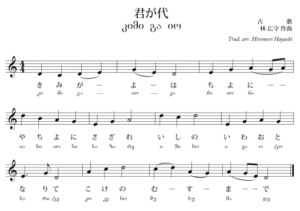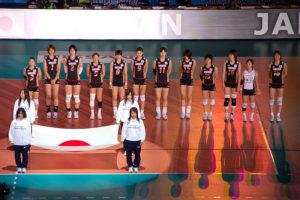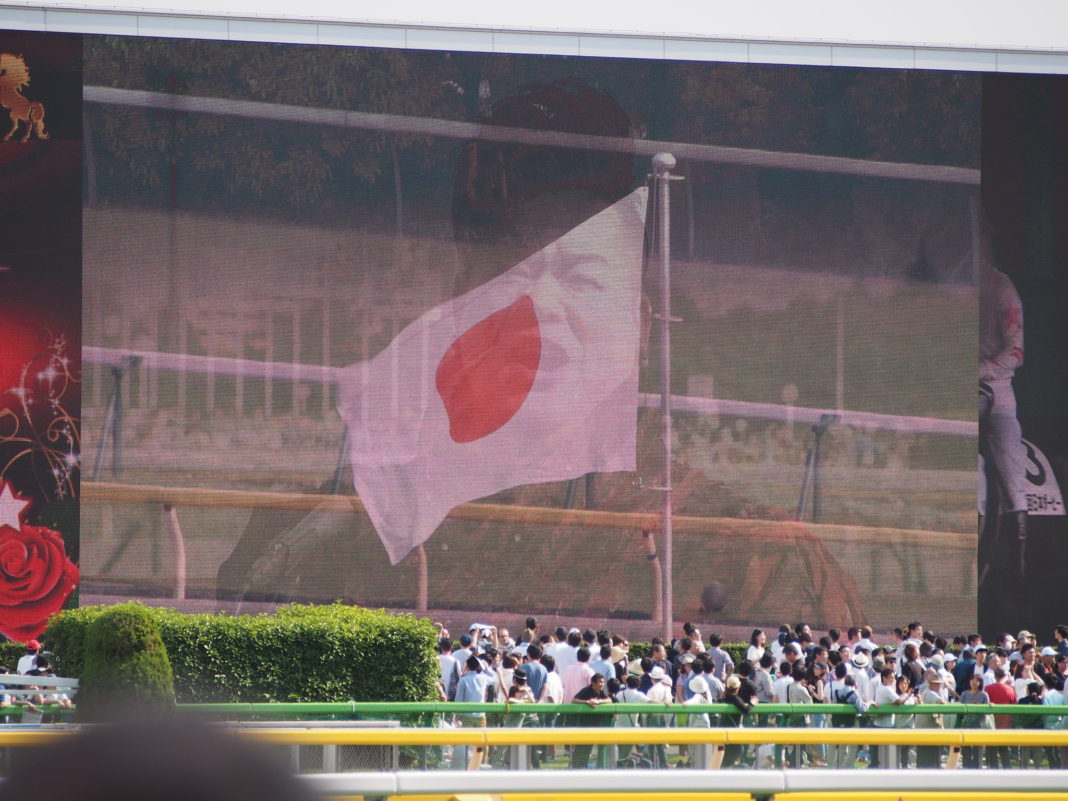The lyrics are from a waka poem written by an unnamed author in the Heian period (794–1185), and the current melody was chosen in 1880, replacing an unpopular melody composed by John William Fenton eleven years earlier. Its length of 11 measures is currently among the world’s shortest. While the title “Kimigayo” is usually translated as “His Imperial Majesty’s Reign”, no official translation of the title or lyrics has been established in law.

From 1888 to 1945, “Kimigayo” served as the national anthem of the Empire of Japan. When the Empire was dissolved following its surrender at the end of World War II, the State of Japan succeeded it in 1945. This successor state was a parliamentary democracy, and the polity, therefore, changed from a system based on imperial sovereignty to one based on popular sovereignty. However, the U.S. occupation forces allowed Emperor Hirohito to retain the throne and “Kimigayo” remained the de facto national anthem. The passage of the Act on National Flag and Anthem in 1999 recognized it as the official national and imperial anthem.

Kimigayo’s lyric:
きみがよは
ちよにやちよに
さざれいしの
いわおとなりて
こけのむすまで
The lyrics and musical notation of the anthem are given in the second appendix of the Act on National Flag and Anthem. As for the sheet music itself, it displays a vocal arrangement with no mention of tempo and all of the lyrics in hiragana. The anthem is composed in 4/4 (common time) in the Dorian mode. The Act on National Flag and Anthem does not detail how one should show respect during performances of “Kimigayo”.

Many Japanese students, who must sing the song at entrance and graduation ceremonies, say they cannot understand the old and obsolete language of the lyrics and are not educated on its historical uses. Controversies surrounding the use of the anthem in school events still remain.
According Wikipedia















